For city dwellers, it can be tough to think that there will ever be a time when you need to learn basic survival skills. To be honest, these are handly techniques to have whether or not your life depends on it.
Don’t worry, you won’t have to enroll in Brownies or Cub Scouts or anything like that to gain the know-how to survive in the wilderness. You can do it in your own backyard!
Let’s look at how to learn survival skills in your own backyard without having to invest too much money or time.
Top 8 Survival Skills You Need
There is a lot you can learn and there are some survivalists that can completely handle a survival situation without any help. But for today, we’re just going to focus on basic survival skills you can learn in your backyard.
Building a Fire
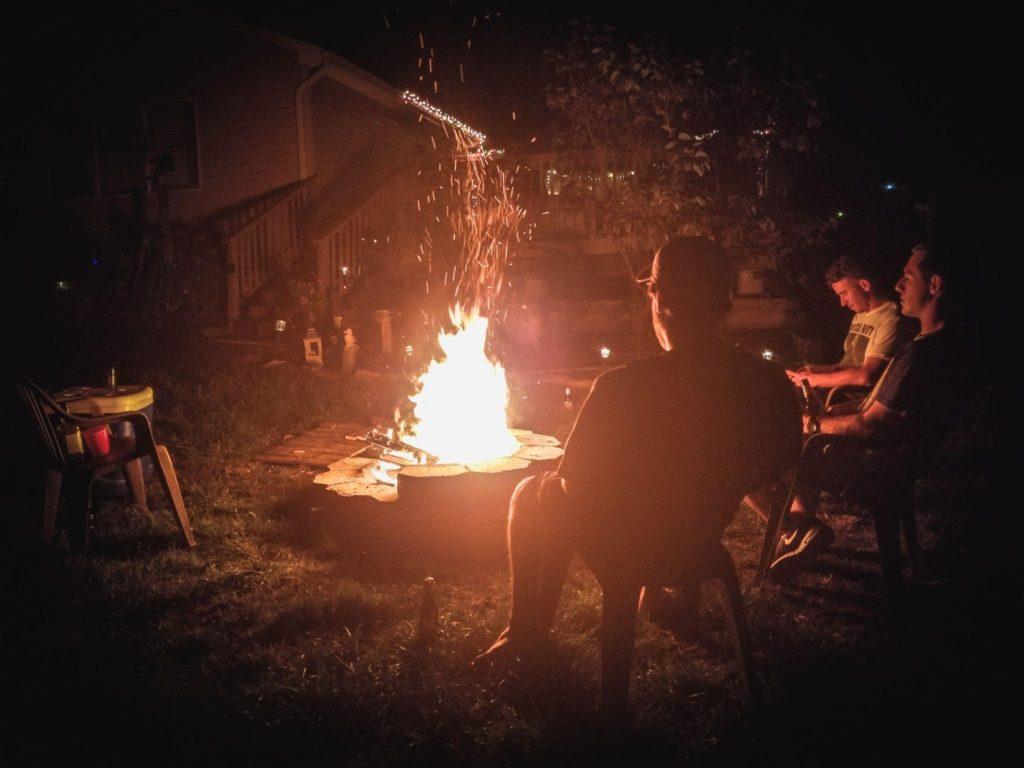
The first and perhaps one of the most important survival skills to have is knowing how to create a fire. You can’t rely on body heat alone to survive harsh winters. Not only can a fire keep you warm, but it is also effective against potential predators, as most animals know the dangers of a fiery flame, and it can also help rescue parties locate you. A smoky fire can create a signal tens of meters high for passing aircraft to spot.
Unfortunately, fire building can be difficult if the circumstances do not align. For example, a cold and wet overcast day will not make the best fire-building environment.
It could be even more difficult if you do not have the right tools. If luck is on your side and the weather is not only hot but also dry, then building a fire will take little effort.
You can practice building fires in your own backyard, but just make sure you have safety gear in close proximity just in case things get out of hand. Leaves are great for tinder and kindling and you definitely need a stick to create friction and, hopefully, a spark. Don’t hesitate to dig around to see if you can find flint rocks that can start easily.
You never know what tools you will have with you in a survival situation. You may be lucky enough to be in your car where you have a cigarette lighter. The point is no one knows what you will need, so you have to try to make the most of what you have.
Creating Drinking Water with a Water Purifier

Hopefully, you were successful in creating that fire because now it’s time to move on to hydration. You may think eating is more important than drinking, but it’s hydration that trumps nourishment. You can survive longer without food than you can without water.
You could collect rainwater and survive on that for a bit, but in the big city, the rain may not be the most sanitary. Let’s say you are in a wilderness survival situation, then maybe the rainwater will possess less pollution. If you’re stuck in a survival situation that’s near a pond or a lake then you’re very lucky because we’re going to talk about how to purify the water so it’s relatively safe for drinking.
If you have a fire going, you can boil water to make it safe for consumption. As for the actual filtering, you would need to use the shirt off your back.
If you happen to have charcoal, an element that neutralizes harmful toxins when activated, or a filtration bottle, then the chances of making it out of the wilderness survival situation increase tenfold.
Fashioning a Weapon
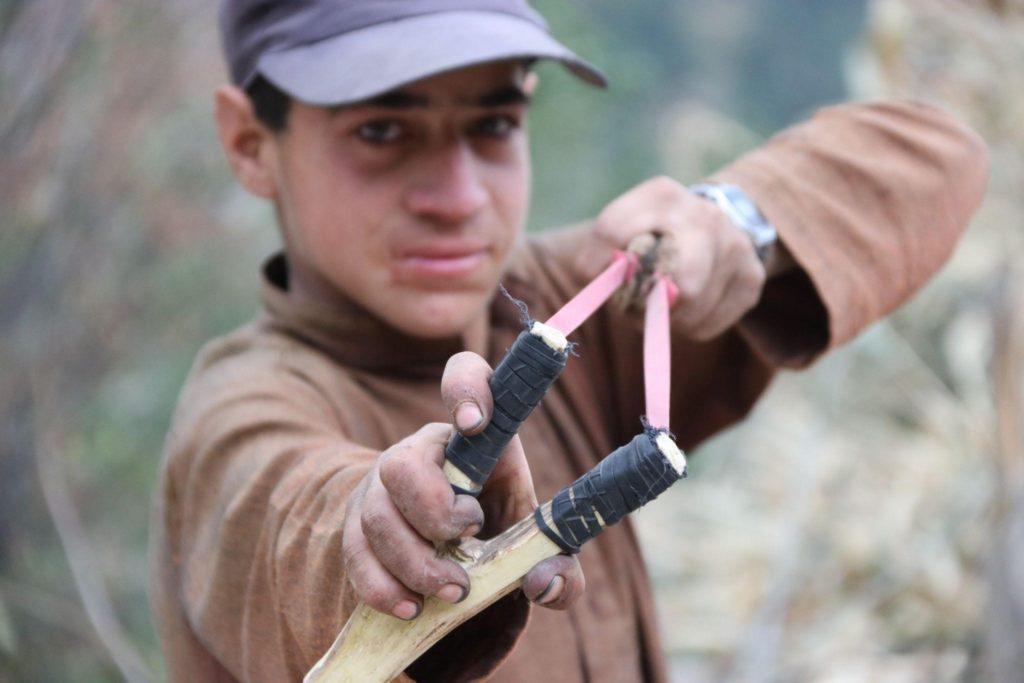
Without a weapon, you are defenseless in the wild and completely at Mother Nature’s mercy. While it can definitely be an experience you’ll remember for a lifetime, it’s not a situation you want to be caught in. This is why it’s so important to know how to make a weapon. Not only will the sharp object be a much-needed survival tool, but it will also help you with other basic survival skills.
If you can find a very sharp rock, some rubber bands to tie it securely to a thick and sturdy stick, then you have made yourself a knife. However, not many of us are lucky enough to have such a rock just sitting in our backyard, so we recommend fashioning a slingshot.
You may think about Bart Simpson or a mischievous kid when you think of a slingshot, but it is a very underrated and useful weapon to have for wilderness survival. Find a Y-shaped stick, some rubber tubing or thick elastic bands, and the round part of a spoon, a canvas pad or anything that can support your projectile.
Once you have it all assembled together, you can do some target practice in the backyard just to hone your aiming skills.
Looking for Food

Now we get to the food. Being able to locate food, such as identifying edible plants and berries can trump many other basic survival skills. It doesn’t matter if you can do everything on our list but meet your end because you ingested some poisonous berries.
In a survival situation, you won’t have the luxury to cook food and season it how you wish. Instead, you will need to settle for plants and berries around the backyard or neighborhood.
Without prior knowledge, it’s difficult to identify what’s toxic and what isn’t. In order to really learn so you are prepared for survival situations, we would suggest purchasing a book. But if you can identify what dandelion and miner’s lettuce look like, then rest assured that they are safe to eat.
You will need to rely on a handbook in the beginning, but over time you should be able to tell what is safe and what to avoid.
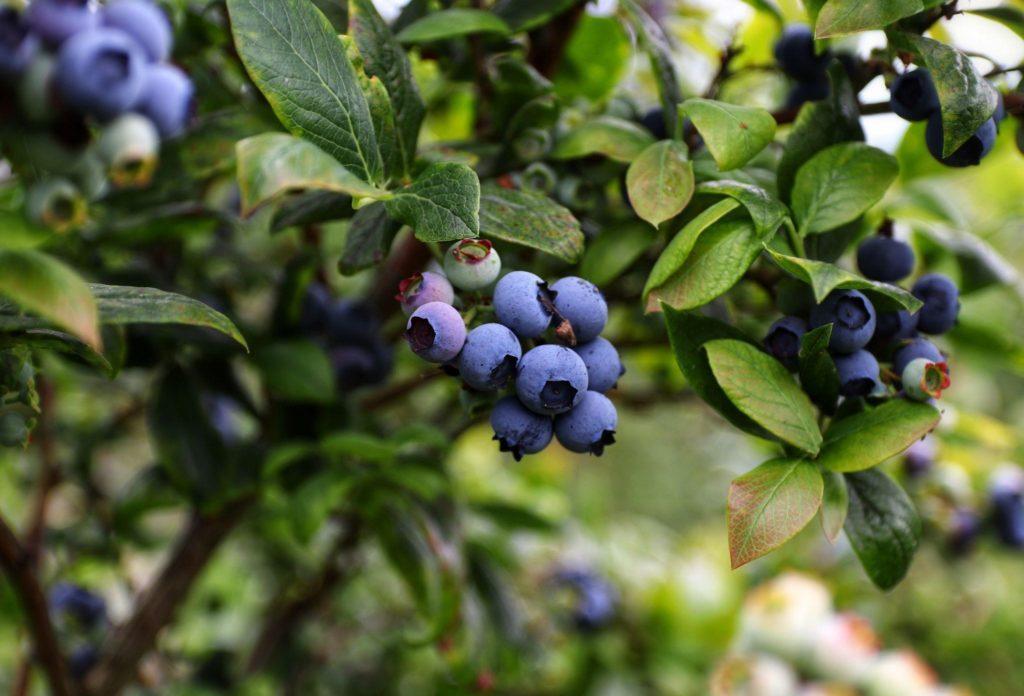
Just pick a few plants and memorize what they look like instead of trying to remember the whole book. This way, you can never go wrong. We would also suggest beginners avoid all fungi, aka mushrooms, because some of them can be very toxic and many species in the wild are poisonous and deadly.
Building a Survival Shelter
Next up is survival shelters. No matter the weather, your chances of survival will increase if you have a place to call home. In your backyard, the easiest type of shelter to create is tarp shelters. You will notice that having a roof over your head makes all the difference in temperature. A snow shelter keeps you warmer in the winter and a tarp shelter will keep the sun off of you in the summer.
Many of us have had plenty of experience building shelters in our childhood. Just think back to the countless blanket forts you made in your living room. Some of us may have even built them in our backyard, which is exactly what this survival skill is about.
Make sure you have a strong foundation and a padded base for comfort. A mattress makes a good floor and thick and long branches make great support beams for your tarp.
We wouldn’t recommend using blankets for covering as not many are waterproof. Tarps are easy to come by and they do repel water just in case the weather in survival situations takes a nasty turn.
Basic First Aid
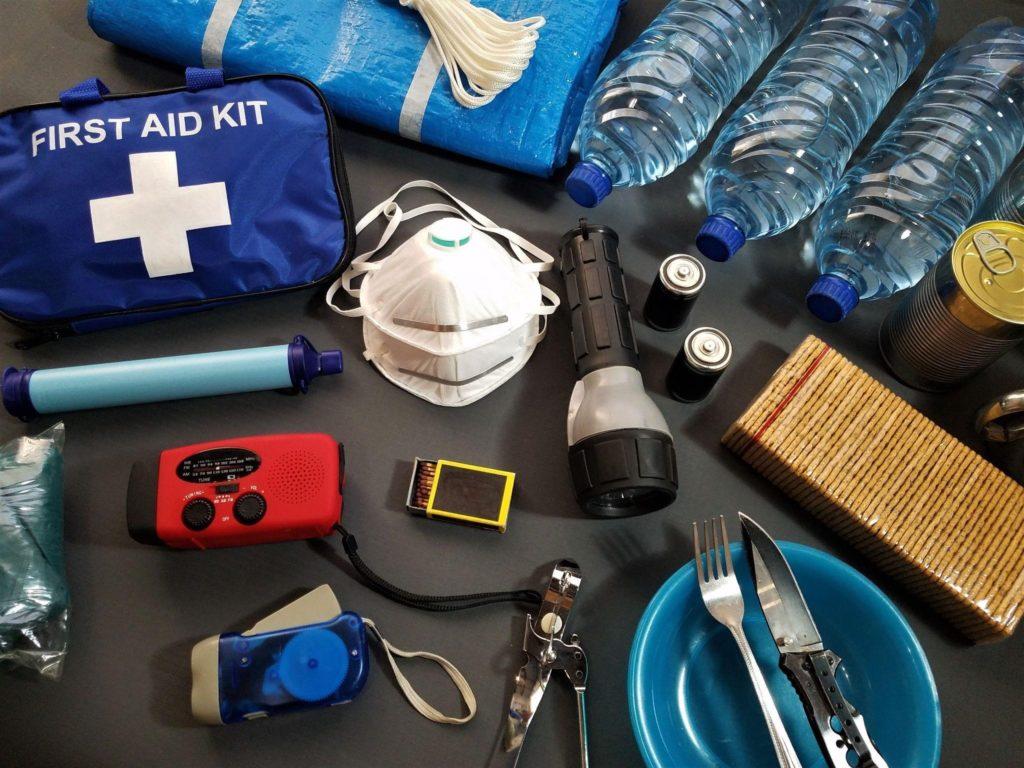
Knowing first aid is a survival skill that we should all have, regardless of the situation. The basic first aid techniques to round out your survival skills include:
- CPR
- How to create a splint to stabilize limbs and digits
- How to manage bleeding
- Treating burns
- How to take care of injuries
- What plants to use as soothing agents
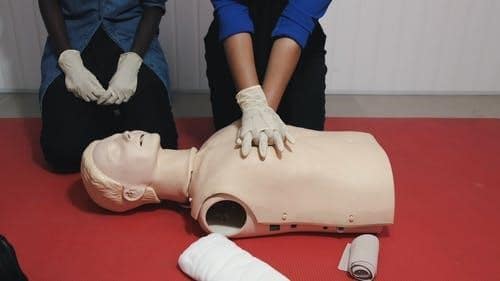
You can enroll in a community first aid course to learn these skills. If you do not have the time, you can rely on online training videos or books that can still impart this knowledge.
Tying Secure Knots
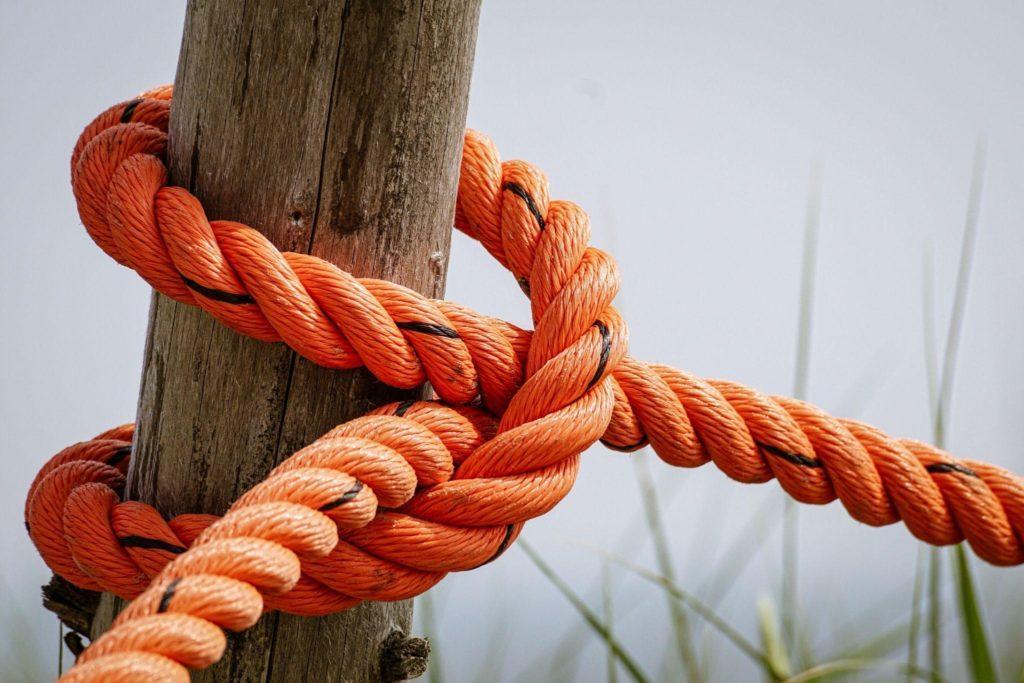
What can knot-tying do to help you survive? Sure, it can’t purify water or help you withstand cold weather, but it is a skill that is indispensable nonetheless.
While tying knots won’t directly save you, it enables you to complete all the other survival skills on our list effectively. For example, knowing how to tie secure knots can help you build a structurally sound shelter.
Secure knots are also helpful to make a sturdy fishing line, create small tools and traps to snare animals. We’re sure you can find a rope around the backyard or your house to start practicing.
Hunting, Fishing and Trapping
Let’s take it up a notch and talk about hunting, fishing and trapping food. Even if you’re not sick of the plants and berries, you need some protein in your body. You won’t have direct access to carbs and a well-rounded and balanced diet in the wilderness, so it makes sense that you are more lethargic.
You won’t have the energy to run around after small creatures that are most likely way faster than you.
So what can you do to get some meat protein? By using traps, of course! Creating traps, snares, and learning basic hunting and fishing techniques can diversity your sources of nutrition in the wilderness. Again, this is something you could practice in your backyard, but you have to learn from someone experienced or at least watch some survival videos first.
Why are Survival Skills Important?
Why should you even bother with survival skills? While it may be hard to picture Doomsday happening in our lifetime, these skills are not only essential to your survival, but they are also useful life skills to know.
Preparing for the what-if situation that is much more likely such as getting lost in the woods on a camping trip for a week could be the difference between surviving and not.
Learning these skills also helps you appreciate the natural world and this appreciation could lead to a change in your life for the better. If you learn these skills with a significant other, family member, or friend, you will notice that it strengthens the bond between you as well. The difficulties you will face together are shared experiences that you will treasure.
Frequently Asked Questions
What are the 5 basic survival skills?
There is debate about the 5 basic survival skills, but they largely encompass building a fire, being able to find food, building a shelter, creating drinkable water, and knowing basic first aid. While these are all important, other crucial outdoor survival skills include knowing how to tie knots, trap, and fish for your food, and fashioning handy weapons or tools.
How do I survive in my backyard?
It’s not too difficult to survive in your backyard since you will be close to the house. However, if you want to simulate a wilderness survival experience, then the skills you need would include building a safe shelter, making a fire, finding a way to make potable water, and being able to identify edible plants and berries.
Where can I learn outdoor survival skills?
There are plenty of avenues to learn outdoor survival skills. It can be done in the comfort of your own home through video tutorials and webinars. However, if you want the full hands-on experience, then you would need to look into local organizations.
There will be establishments that dedicate themselves to just that – your basic outdoor survival knowledge. There will be a sum you have to pay and you may be required to take a trip out into the wilderness to put your skills into action, but this knowledge is priceless.
Final Thoughts
Learning survival skills can be tough, especially since not many of us are used to living without our creature comforts. The journey will start with the most important skill, which is to build a fire with dry wood, dead branches, or anything else you can find to create a spark.
From there, move on to building a shelter, creating drinking water, and locating food. You may need to practice, but this all can be done from the safety of your own backyard.
